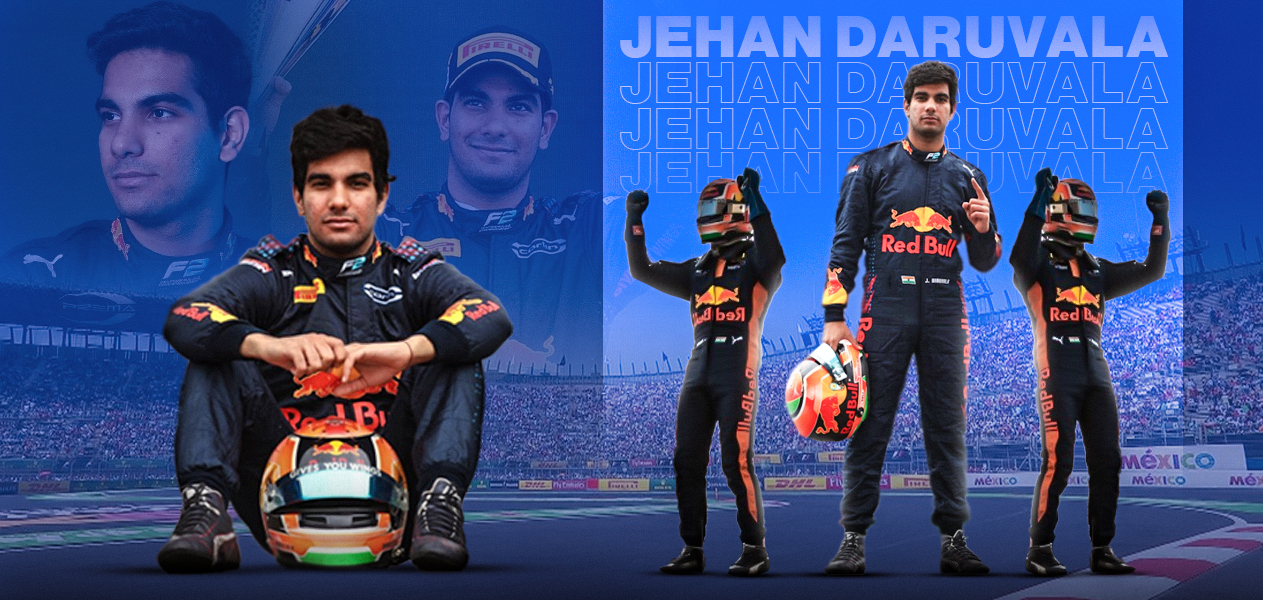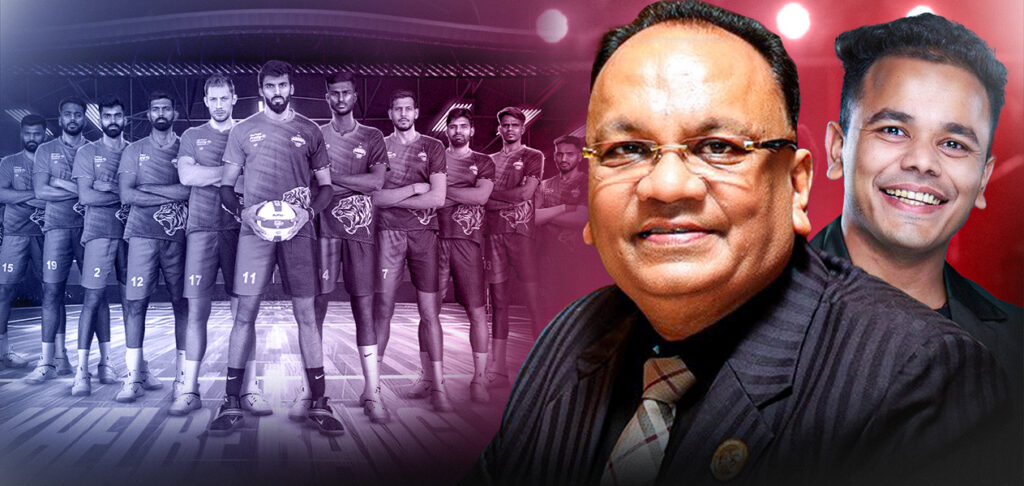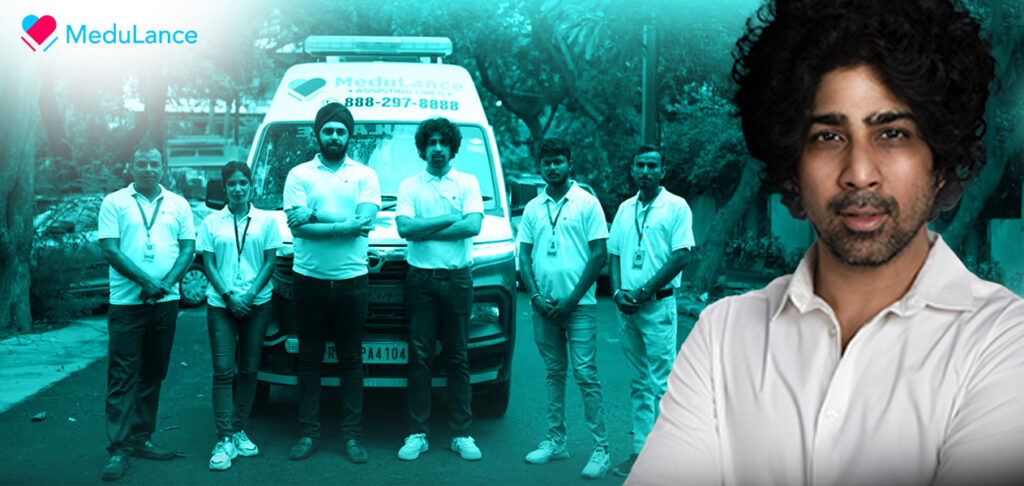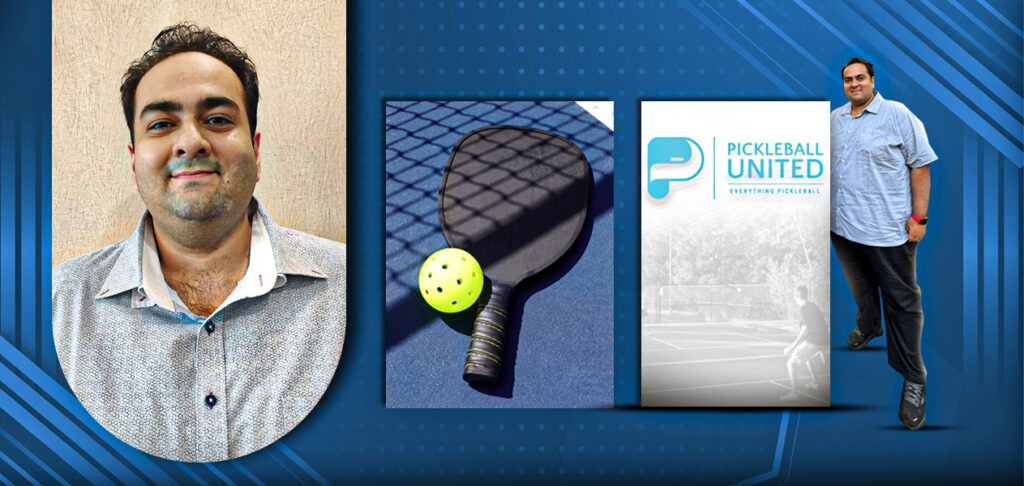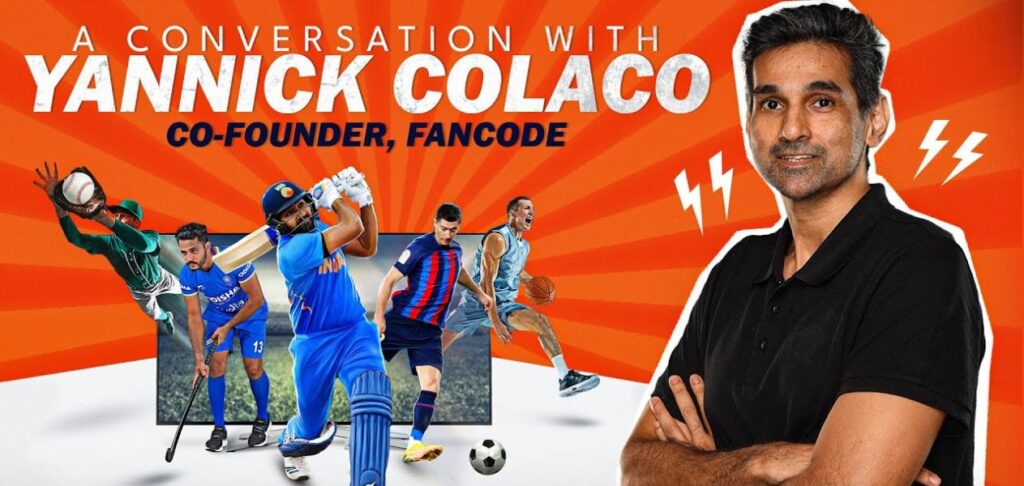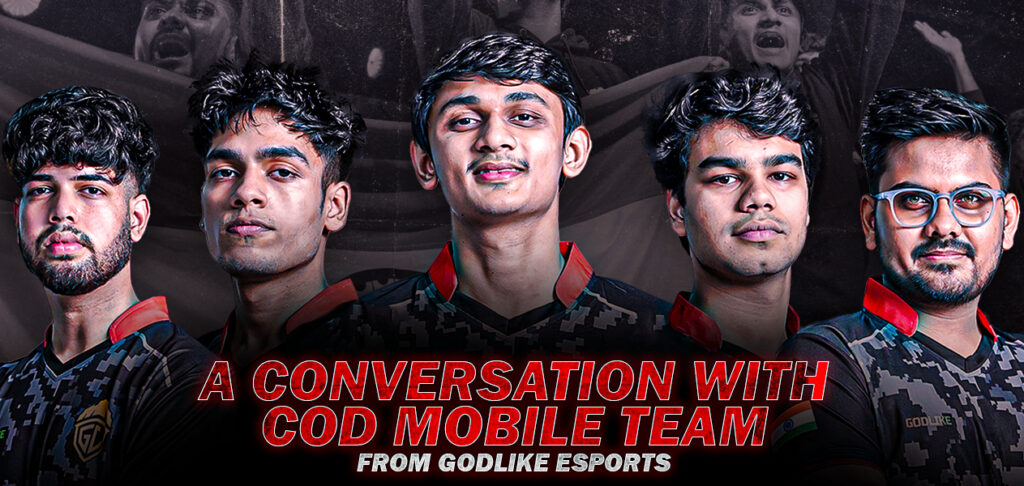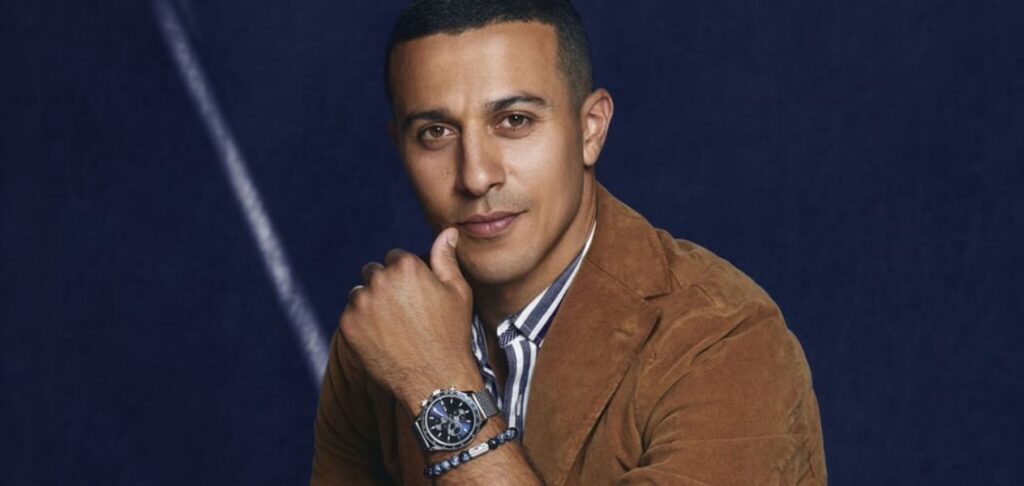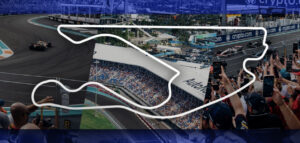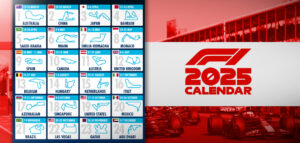He is India’s best hope for a Formula One return after almost a decade. Mumbai-born Jehan Daruvala, currently racing in his third Formula 2 season, continues to impress the fraternity. His recent Feature Race win in Monza and Formula One test with British Formula One team McLaren have kept his hopes of becoming the third Indian after Narain Karthikeyan and Karun Chandok to race in Formula One alive, but the Red Bull Academy driver is taking things one step at a time.
Back home, with one race left in the current Formula 2 season, Jehan spoke to SportsKhabri about his journey so far, his experience driving a Formula One car, the issues India faces with Formula One, and his goals going ahead.
Question:
Where did it all start? How were you introduced to the sport?
My introduction to motorsport was on television. It was very much a family thing for us. All of us—my dad, my mum, my sister and I—would gather around the television on Sundays to watch the Formula One race. That’s where it really began.
And then I remember we used to go karting together at The Acres Club in Chembur. I was still too young and I couldn’t reach the pedals, so I needed an extra cushion to prop me up. But it really got serious when I joined Rayomand Banajee’s karting academy in 2009. I had been asking my dad that I wanted to take up go-karting seriously, but not being from a motorsport family he was not aware of how to take this forward.
Then, as luck would have it, he saw an ad for a two-day coaching camp at Rayo’s academy in a newspaper that happened to be in the seat pocket on a flight. The coaching camp was in Powai over the weekend and I had an exam on Monday morning. I told my mom that I would like to attend the camp because it was a question of my career. She saw how serious I was about the sport and allowed me to go for the camp, which was the start of my journey in motorsport.
Question:
As a young driver from India venturing into a sport that wasn’t well-known in the country at the time, could you share with us some of the hurdles you faced during your initial days?
I faced my biggest challenge when I first started karting in the UK and Europe. I realised I had actually begun my racing journey relatively late at the age of 10 and was up against drivers who had started karting at the age of three or four. On track, I initially struggled to come to terms with the conditions. In India you don’t really race that much in the rain or on a cold track, so I had to learn to adapt to those conditions. The level of competition was also much higher than what I was used to back home, so I had to raise my game.
Other than that, I had to make a lot of personal sacrifices. I moved to a boarding school in the UK when I was just 13. I’m a complete home bug, so being away from family and friends in a completely new place was not easy at all.
Question:
Growing up, who was your Formula One idol?
Fernando Alonso was my idol growing up. I remember watching him in the Renault [car] battling with Michael Schumacher’s Ferrari in 2005 and 2006, when he won his two titles.
Now, I would say Lando [Norris] is my favourite. We’ve been teammates for most of our junior careers and he’s a close friend.
Question:
You did a Formula One test with McLaren earlier this year. How was that experience? How was it different from driving a Formula 2 car, especially physically?
Physically, I actually coped really well. I knew I was going to be doing this test and so I worked hard in the gym to prepare my body, especially my neck, for the forces I would face in a Formula One car. I drove the 2021 McLaren, and that generation of cars was the fastest ever built, so the G-Forces can be pretty extreme. But, at the end of the day, we completed over 130 laps at Silverstone—that’s more than two Formula One race distances—absolutely trouble-free.
Question:
With regards to the previous question, what is your training routine like? What does a Formula 2 racer’s training schedule look like?
I have to spend hours in the gym because fitness is extremely important in single-seater racing. It’s not very evident to people watching because we wear helmets and are cocooned in our cars, but driving at the speeds that we do is extremely physical. My neck in particular has to be exceptionally strong to handle the G-forces we experience in the corners. My head can weigh three or four times its normal weight in some corners so we do a lot of exercises to prepare the neck for these kinds of loads. Other than that, as drivers we need good core and upper body strength as well as cardio-vascular fitness, but at the same time we can’t put on too much muscle as we have to be as light as possible because weight costs performance.
In Formula One, especially, in some of the hotter races, the temperatures in the cockpit can touch 60°C, and a driver can lose as much as four kilos of weight through sweat in just two hours of racing. So, I would say fitness, nutrition and hydration are key to being competitive in this sport.
We train very hard over the off-season to build our fitness up for the year ahead. It’s difficult to keep that intensity up once the season begins, because you’re a lot busier with the travelling, visits to the simulator, engineering debriefs and so on. But then you’re driving a lot more, so it moves from being “gym fit” to being a lot more “car fit”.
In F2, in particular, we don’t have power steering. So driving the car, especially around fast, twisting tracks like Saudi Arabia, can be quite punishing on the arms.
Question:
You are a member of the Red Bull Driver Academy, which has given the sport drivers like Sebastian Vettel, Daniel Ricciardo, Max Verstappen, Carlos Sainz Jr. and many more. Being a part of one of the most competitive Driver Programmes in the sport, does it put extra pressure on you to perform?
Honestly, I feel incredibly privileged to be part of the Red Bull Junior Team. It gives me a lot of confidence that they want to support me. Pressure is part of motorsport and I don’t think anyone puts more pressure on me than I do on myself. The Red Bull programme’s track record speaks for itself. They’ve paved the way for some really big stars, as you mentioned, to make it to F1.
The reason it’s been so successful is because it looks at every aspect of driver development: from on-track racing and physical fitness to things like the feedback you provide your engineers. You also get noticed a lot more and you’re rated a lot more highly when you’re a Red Bull junior.
Question:
As India’s sole representative at the highest form of motor-racing, where do you think the sport is lacking in our country?
I think the lack of infrastructure and the expense involved deters many from taking the sport up as a career. But hopefully that’s starting to change. Shows like Netflix’s Drive to Survive have led to a surge in the popularity of F1 in India, and with that hopefully we’ll have more sponsors getting involved.
We have some academies like Rayo Racing—where I got started—that are doing a great job grooming the next generation of Indian racing talent, but we need more of these.
I have to say the Mumbai Falcons are doing a great job. They’re investing in racing infrastructure in the country and are playing a key role in setting up the Formula Regional Championship and the F4 India Championship and have big ambitions for motorsport in India.
Question :
Motor-racing is quite an expensive sport compared to other sports. For a country like India, to be able to afford to participate in it and give it a lot of time isn’t always feasible. In that regard, where do you think we can develop so that the sport grows in the country?
As you said, it’s no secret that motorsport is super expensive. The higher up the ladder you go, the more expensive it becomes. So it’s incredibly difficult to make it to Formula One, especially if you’re from a middle-class family without any sponsorship, which in any case is hard to find. That’s one area where India can really improve.
A lot of racing drivers in Europe come from middle-class backgrounds, but there they have these schemes, say in France or England, where they support drivers with potential and take them all the way to Formula One. If we had that in India, it would be massive and would also encourage a lot many more young boys and girls and their parents to get into racing.
Question:
Formula E will be coming to India next year. How important do you think it is to raise the profile of the sport in the country?
I think Formula E coming to India is great news. We haven’t had an international motorsport event since the Indian Grand Prix dropped off the calendar after 2013, and we need high-profile global events to drive the sport’s popularity here. So I think Formula E and also MotoGP, which is also set to come to India, will give the motorsports scene here a big boost.
Question:
This is your third Formula 2 season. How would you assess it so far? Compared to the previous seasons, what do you think has been your biggest improvement?
The season hasn’t gone according to plan. We went into the year hoping to fight for the Championship and made a really great start to the season with five podiums from the first seven races; that put us right there in the title fight. But then our car’s pace just seemed to vanish over the summer run of races, with both me and my teammate suffering similar issues. That really cost us heavily in terms of results.
Still, I think I’ve driven better than ever this season. I’ve been consistent and among the quickest drivers in the field on race pace. We should have had better results, but luck hasn’t always gone our way. But my Feature Race win in Monza has proved what I can do when I have the car to fight at the front.
Question:
You have previously spoken about how the current F2 season could be your last. What’s next for Jehan? Have there been any updates?
We’re still evaluating our options. Obviously, it’s really difficult to find a race seat on the F1 grid as there aren’t too many openings. There’s always the option of taking up a reserve driver role, and, if it means getting a race seat in 2024, then it’s definitely something worth considering.
Question:
What do you do in your off time? What are some of your hobbies and favourite sports outside motor-racing?
As I said, I’m a complete home bug. So when I get time off, I like to spend it with my family and friends. Because of the way our season is scheduled, I spend most of my year outside India, so the off-season break is an opportunity for me to spend some at home in the company of my friends and family.
In terms of sports, I just generally enjoy sports, but cricket and football are my favourites. I also enjoy playing football and used to play a fair amount, but then had to stop after I tore my meniscus in a football game. I’m also pretty handy at most racket sports.

